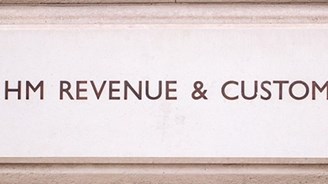Legislation to be introduced to apply a cap on income tax reliefs claimed by individuals from 6 April 2013

Following consultation, legislation is to be introduced to apply a cap on income tax reliefs claimed by individuals from 6 April 2013. Many clients will not be affected but what do you need to know for those that are?
For anyone seeking to claim more than £50,000 in reliefs, a cap will be set at 25% of income.
Gift Aid, relief for gifts of land and shares to charity, payroll giving and Community Investment Tax Relief are excluded.
What is affected?
The following income tax reliefs will be capped to the extent that they can be relieved against general income:
• trade losses, early trade loss relief, post-cessation trade loss relief, property loss relief from capital allowances or agricultural expenses (not BPRA), post-cessation property relief, employment loss relief, former employees' deduction for liabilities, losses on listed securities held since 26 March 2003 and strips of Government securities;
• losses on unquoted shares (excluding EIS and SEIS) and on deeply discounted securities; and
• qualifying loan interest.
What is not affected?
Capital allowances, statutory redundancy payments and allowable expenses are not affected by the cap but, to the extent that computational reliefs, such as capital allowances, create or augment a loss, that loss relief will be capped. BPRA and any loss arising from BPRA claims are not capped.
Gift Aid, relief for gifts of land and shares to charity, payroll giving and Community Investment Tax Relief are also excluded.
How the cap will be calculated for a tax year
The cap will only apply to reliefs that are offset against general income (at step 2 s23 and 24 ITA 2007) and are not currently capped.
The limit is that amount A must not exceed amount B.
Amount A is the deductions for the tax year at step 2 for the reliefs affected (see above) less:
• losses from trades, professions, etc. or property losses so far as made from profits of the trade or business to which the relief in question relates; and
• deductions for overlap profit in final tax year, on a change to cash basis or on change of accounting date.
Amount B is the greater of £50,000 or 25% of an individual's adjusted total income for that year.
Adjusted total income
The starting point is the total income liable to income tax. Pension contributions made under relief at source arrangements or paid into a retirement annuity will then be deducted to ensure that people are treated equally regardless of the arrangements they have for making pension contributions. Payments made under Payroll Giving arrangements will then be added back to their total income figure, resulting in 'adjusted total income'.
When the cap will apply
The cap will apply to losses for 2013/14 onwards and any other earlier or later years in which the relief claimed is allocated. This means that in situations where losses have been carried back, the cap will be calculated to apply in each year that a calculation is made.
It may well be that some clients can trigger losses pre April 2013, so be on the lookout for clients who may be affected.



